When comparing a 35-inch tire to a 315 wide tire, you are basically comparing two completely different measurements. The 35” is a metric value and refers to the width of the tire multiplied by the aspect ratio, which is the height of the sidewall, x2 because there are two sidewalls per tire, divided by the wheel inch, plus the wheel size… Phew!!! That’s a mouthful and a lot to digest at once so let’s break it down into a simple formula.
YES, 315 wide tires are the same as 35” tires although 315 is the tread width in millimeters and 35″ is the tire diameter. 315/70/17 is usually the accepted metric equivalent size for standard/imperial 35-inch tires.
Let’s see what that looks like in a formula form
Tire Size: 315/70R17 (35”)
Let’s now look into this in a bit more detail
Table of Contents
Metric tire sizes can be a bit more complicated when it comes to understanding what size they really are.
Let’s see what that means.
Understanding the difference between metric and imperial is handy when it comes to tire sizes because you can get really specific. There are so many different tire sizes available today so knowing the difference can mean finding that perfect fit for your truck. A simple way to differentiate is Metric is measured in milliliters and imperial/standard is measured in inches. That’s it!
So when it comes to tire production there’s no official mold that each tire manufacturer uses, however they use their own which basically means there’s no set industry pattern.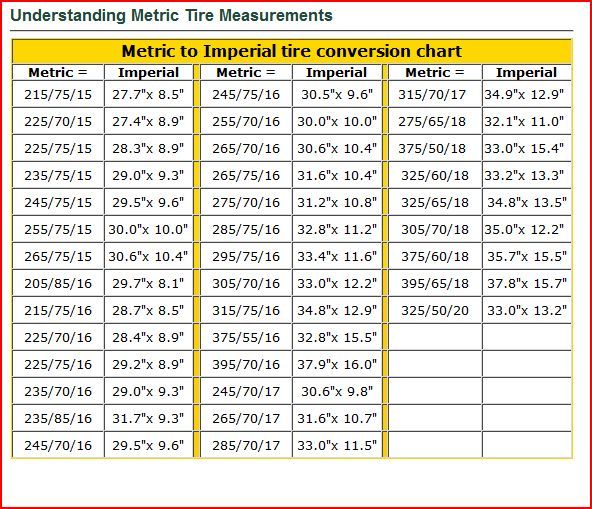 So the 315/70/17 is usually the accepted metric size for 35” tires, even though the physical diameter of the tire can vary from manufacturer to manufacturer. Two different 35” tire brands can easily vary in true diameter.
So the 315/70/17 is usually the accepted metric size for 35” tires, even though the physical diameter of the tire can vary from manufacturer to manufacturer. Two different 35” tire brands can easily vary in true diameter.
This means certain tires are smaller than 35″ like a 34.6” and some will be slightly larger, depending on the brand and overall construction. So, this means a particular 35-inch tire can be somewhat wider in width than another. They are similar in metric size but there are slight differences in construction, weight, pattern, load rating, ply ratings, tread depth, etc.
One way to find out the exact diameter of a tire is by going to the tire manufacturer’s website and checking the manufacturing specs on that specific tire and then comparing “apples with apples”.
The minimum requirements necessary to fit 35x.5 to a Ford F150 are a 4” lift kit and an aftermarket wheel with a more negative offset for improved UCA (Upper Control Arm) clearance.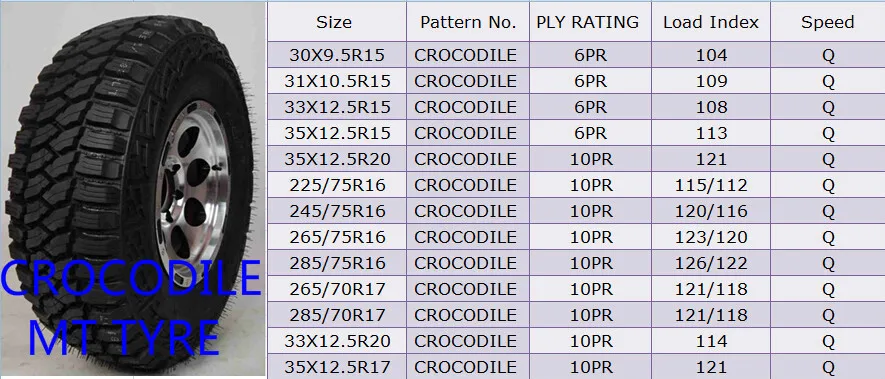 A more affordable option is a 2.5”-3” leveling kit with wheel spacers on the stock wheels combined with fender, body, wheel wells, and bumper plastic trimming
A more affordable option is a 2.5”-3” leveling kit with wheel spacers on the stock wheels combined with fender, body, wheel wells, and bumper plastic trimming
Fitting 35” tires on a Jeep Wrangler JK with a stock suspension requires the following:
So basically, yes it can be done but not without some additional modifications first. If your intention is to go off-road, it is highly recommended to fit a minimum of 2-3” lift to be able to disconnect the front sway bar to take advantage of the Wrangler’s legendary articulation. Don’t forget the larger bump stops or you’ll be picking up fenders on the trail. When flexing, the wheels will scrub heavily against the wheel arches and possibly rip off some plastic if you don’t take it slow. It won’t be a pleasant experience off-road – believe me!
It won’t be a pleasant experience off-road – believe me!
Bigger tires are the single most effective method of gaining improved ground clearance. This is especially important for overcoming obstacles in an off-road situation. There are however a few limitations, especially when it comes to IFS (Independent Front Suspension) 4WD vehicles.
Let’s now look at a few factors to consider when fitting 33” tires on your truck.
Before you even consider fitting 35” tires on your IFS truck, you’ll need to have a minimum 4” lift kit installed. Depending on your truck, sometimes this isn’t enough, since you’ll still need to make additional modifications to prevent scrubbing at full lock. This is especially true if you want to retain full functionality and articulation which is important for off-road. If you decide to go 4” or higher, beware there are serious implications to any IFS suspension, but more on that later.
Who should fit 35” tires? There are mixed opinions when it comes to large tire upgrades, and depending on who you ask, you’ll get differing opinions.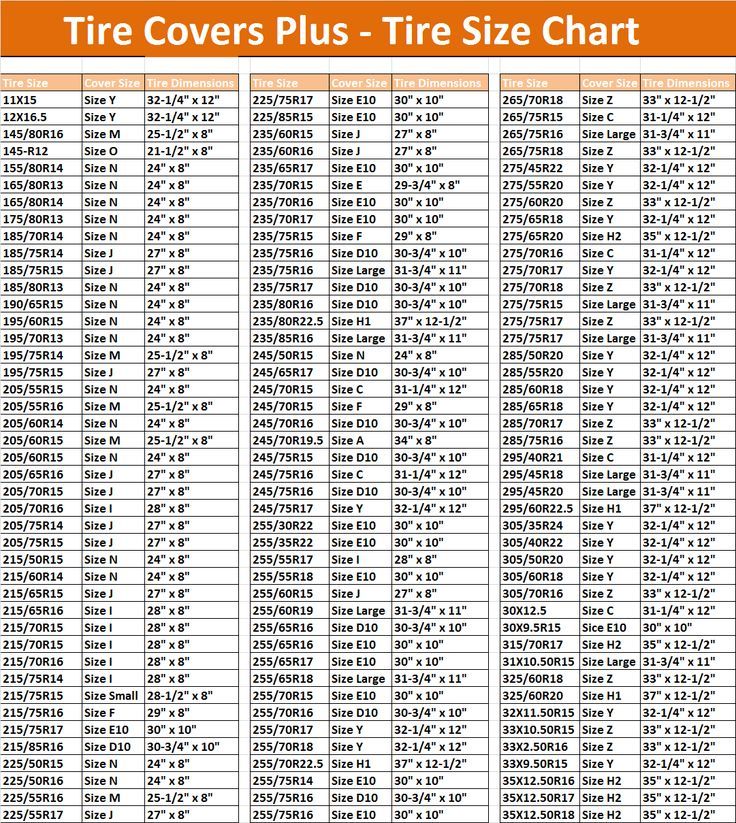 I give it a Hell YES! If you can – why not? In fact, I am currently planning a 35” tire upgrade on my truck! The added clearance, aggressive look, and improved traction and stability in my opinion is well worth it. It comes at a price of course.
I give it a Hell YES! If you can – why not? In fact, I am currently planning a 35” tire upgrade on my truck! The added clearance, aggressive look, and improved traction and stability in my opinion is well worth it. It comes at a price of course.
Click here for more info on fitting 33” to your truck
Wheel offset or backspacing is a factor that gets little consideration, and it can create complications if you’re not sure exactly how much brake caliper clearance is required. The problem here is, you don’t want to go too negative offset on the wheels else you risk too much wheel “poke”.
What is the difference/meaning of backspacing vs Offset?
Backspacing is the distance measured from the hub mounting surface to the inside edge of the wheel. When you decrease backspacing, you gain more inside wheel clearance. There is a fine line between keeping the tires in the guards and preventing scrub on arches, UCA, Brake calipers, etc.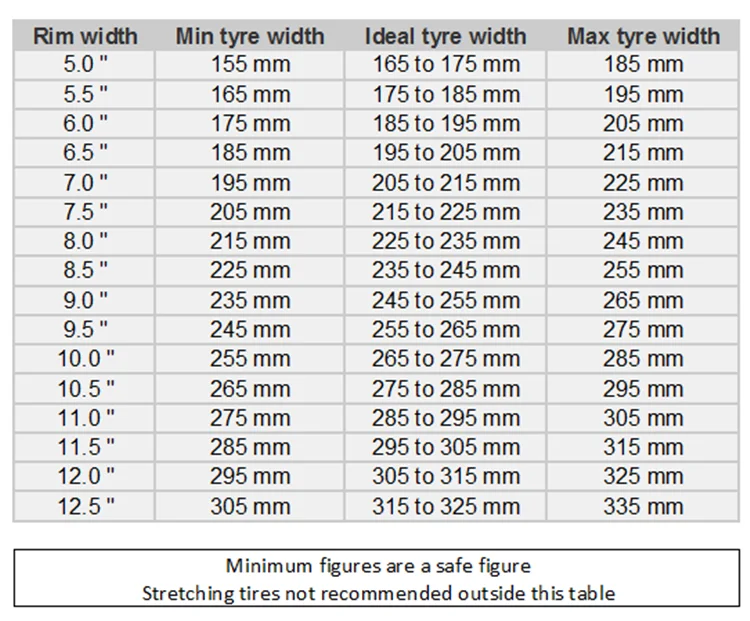
Offset is measured in mm and generally refers to how your wheels sit inside the wheel wells. You get positive and negative offset wheels. When it’s positive the imaginary line is more towards the front and negative means the mounting surface is more towards the rear of the rim creating a deep dish effect.
Usually, there are a few plastic liners on the inner fender guards that need to be massaged since they will scrub at full articulation. So get comfortable with your Stanley knife and cutter and do some trimming of those wheel arch/guards where they are making contact. You might even have to do some arch rolling, depending on which truck you have and how much space you’re working with.
Be mindful of the inner guard pinch weld and the inside of the fender flare. They usually need some trimming, depending on the tire and vehicle. Fender clearance and backspacing go hand-in-hand with tire width. A wider and taller tire will require more wheel arch clearance and room to move when flexing off-road and when turning at full lock.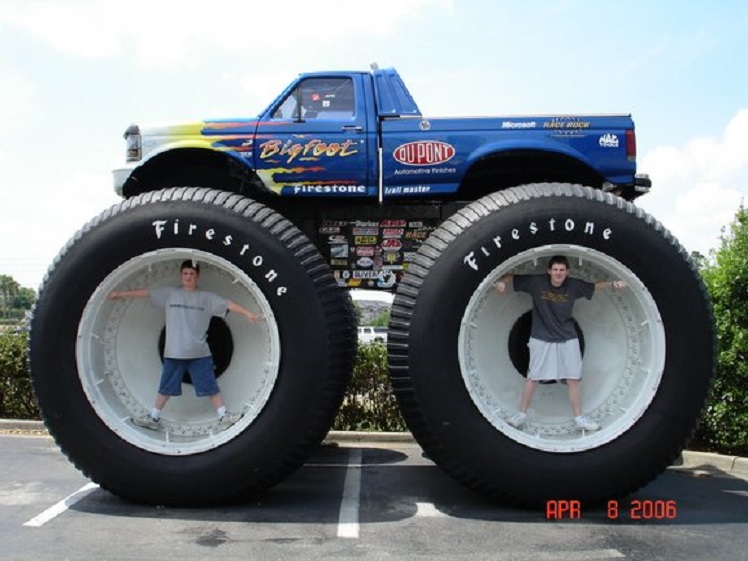 Don’t forget about your bump stops. Manufactures seldom mention anything about bump stops when selling you suspension components and it’s vital.
Don’t forget about your bump stops. Manufactures seldom mention anything about bump stops when selling you suspension components and it’s vital.
When you squeeze oversized tires into a wheel arch without lifting the truck, you’ll need to trim away a lot of the inside fender and arch plastic to allow the tire to tuck behind the arch when turning and flexing off-road.
When you upgrade from a stock tire to one with a taller aspect ratio (Sidewall), increasing the wheel circumference, your speedo can be thrown out. In the case of 35” tires, the diameter will be larger and have an increase in the aspect ratio. This might throw out your speedometers reading quite a bit. The increase in tire circumference means the actual speed you are traveling will be higher than your speed reading and get worse the faster you travel.
The below table will give you an indication of how the speedometer reading is affected from a 32” (275/70R17) to a 35” (315/70R17).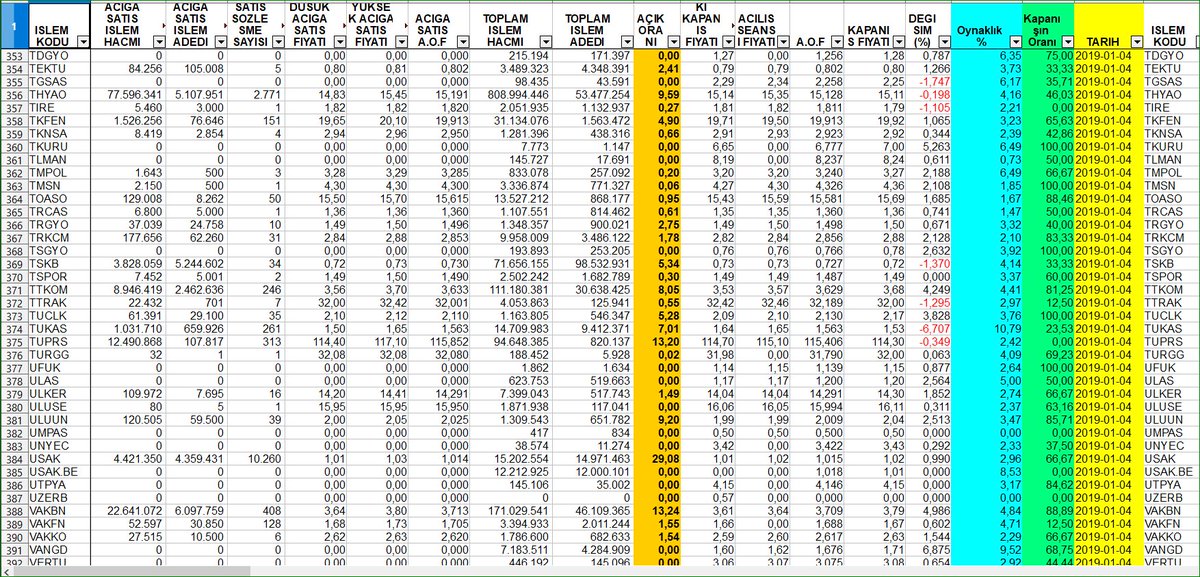
| Speedo reading | 20mph | 30mph | 40mph | 50mph | 60mph | 70mph | 80mph | 90mph |
| Actual Speed | 21.4 | 32 | 42.7 | 53.4 | 64.1 | 74.8 | 85.5 | 96.1 |
Below are the actual differences between the stock 32” tire and the upgraded 35”
| Measurement | Stock Tire (275/70/17) | Upgrade (315/70/17) | Differences |
| Diameter | 32.2″ | 34.4″ (874mm) | +6.8% |
| Width | 10.8″ | 12.4″ (315mm) | +14.8% |
| Sidewall | 7.6″ | 8.7″ (221mm) | +14.5% |
| Circumference | 101″ | 107.9″ (2741mm) | +6.8% |
| Revs/Mile | 627 | 587 (365mm) | -25 |
We have mentioned quite a few variables to consider before dropping a load on expensive oversized tires.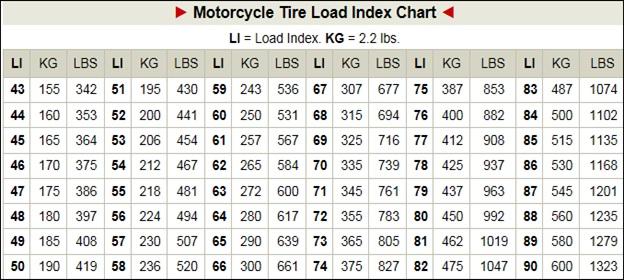 You should first determine what the primary application for the upgrade is. Is it purely for aesthetics or will you need maximum practicality, off-road ability, while maintaining maximum articulation?
You should first determine what the primary application for the upgrade is. Is it purely for aesthetics or will you need maximum practicality, off-road ability, while maintaining maximum articulation?
Understanding tire measurements can be very tricky and complicated, especially when tires are similar in size but described using different measurements. There is the metric measurement and the imperial or standard measurements and these can become confusing very quickly. So what is the main difference between 35×12.5R17 vs 315/70R17 tire?
The 35” tire represents the overall combined width (mm), aspect ratio (%), and wheel diameter (inches) measurement. The 315 tire measurement is a metric value and only represents the tire width which is measured in millimeters.
The two sizes are almost the same but vary somewhat between tire models and brands. Let’s find out what the exact differences are between the two tires when it comes to size, weight, height, and load ratings.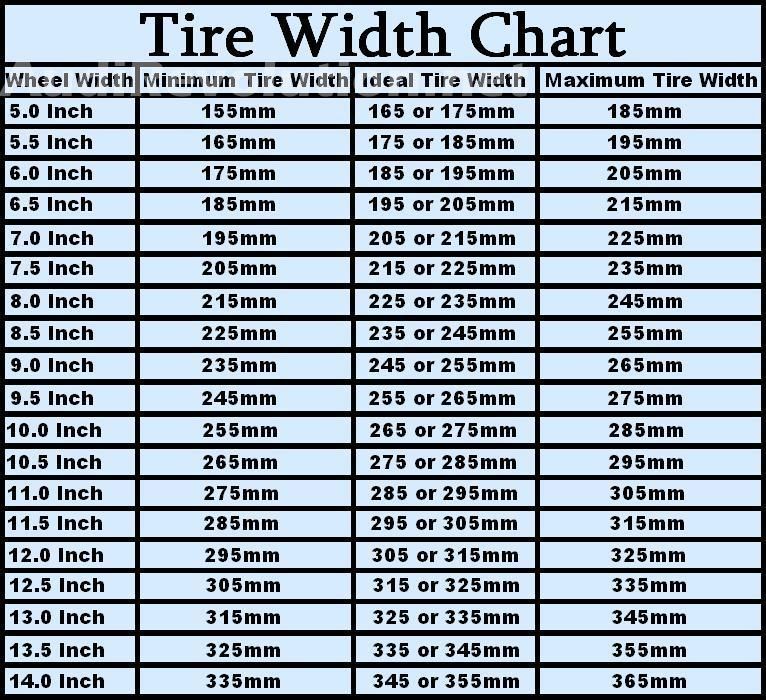
Let’s go!
Table of Contents
So let’s start with the 315/70R17 tire. This tire measurement means the tire is measured as follows:
315 – The tire width, measured in millimeters
70 – The tire aspect ratio (sidewall) height, measured in percentage
17 – The tires wheel circumference, measured in inches
Let’s see what that looks like in a formula form
Tire Size: 315/70R17 (35”)
As you can see above, the 315 70 17 tire measures 12. 4″ wide and 34.362″ tall.
4″ wide and 34.362″ tall.
Let’s now see how that differs to a 35/12.5R17
So now we know what the 315/70R17 represents, let’s look at how to read and decipher the 35×12.5R17 measurement.
When looking at a 35×12.5R17, the 35” measurement represents the overall tire size which includes the width, aspect ratio, and wheel diameter.
The 12.5 represents the section width. The Section width is defined as the measurement between the widest point of the outside sidewall to the widest point of the inner sidewall.
17 represents the wheel diameter, measured in inches.
These two tire sizes might differ slightly in physical dimensions, however, there are factors like load ratings, tire tread pattern, tire molds, etc. that makes the difference. The weight differences can vary between 500g to 1. kg or 1.102 to 2.204 pounds.
| 315/70-17 | 35/12.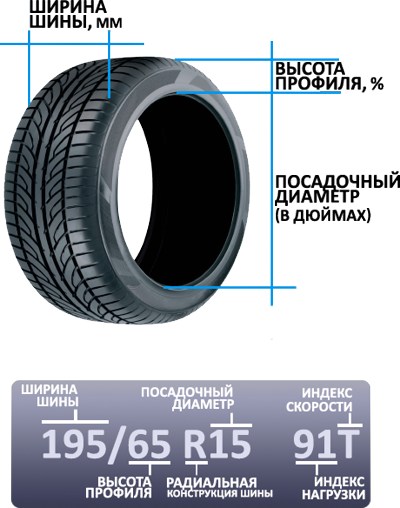 5-17 5-17 | Difference | |
| Diameter inches (mm) | 34.36 (872.8) | 35.03 (889.72) | 0.67 (16.92) 1.9% |
| Width inches (mm) | 12.4 (315) | 12.52 (318) | 0.12 (3) 1% |
| Circum. inches (mm) | 107.95 (2741.98) | 110.04 (2795.14) | 2.09 (53.16) 1.9% |
| Sidewall Height inches (mm) | 8.68 (220.5) | 9.01 (228.96) | 0.33 (8.46) 3.8% |
| Revolutions per mile (km) | 586.93 (364.7) | 575.77 (357.76) | -11.16 (-6.94) -1.9% |
As you can see in the above table, the differences in aspect ratio (sidewall height) is roughly 3.8%.
The table below will show how the aspect ratio affects the accuracy of your speedo readings.
| Speedo Reading | Actual Speed |
| 20 mph (32. | 20.39 mph (32.81 km/h) |
| 25 mph (40.23 km/h) | 25.48 mph (41.01 km/h) |
| 30 mph (48.28 km/h) | 30.58 mph (49.22 km/h) |
| 35 mph (56.33 km/h) | 35.68 mph (57.42 km/h) |
| 40 mph (64.37 km/h) | 40.78 mph (65.62 km/h) |
| 45 mph (72.42 km/h) | 45.87 mph (73.82 km/h) |
| 50 mph (80.47 km/h) | 50.97 mph (82.03 km/h) |
| 55 mph (88.51 km/h) | 56.07 mph (90.23 km/h) |
| 60 mph (96.56 km/h) | 61.16 mph (98.43 km/h) |
| 65 mph (104.61 km/h) | 66.26 mph (106.64 km/h) |
| 70 mph (112.65 km/h) | 71.36 mph (114.84 km/h) |
| 75 mph (120.7 km/h) | 76.45 mph (123.04 km/h) |
| 80 mph (128.75 km/h) | 81.55 mph (131.24 km/h) |
| 85 mph (136.79 km/h) | 86.65 mph (139.45 km/h) |
| 90 mph (144.84 km/h) | 91.74 mph (147.65 km/h) |
95 mph (152.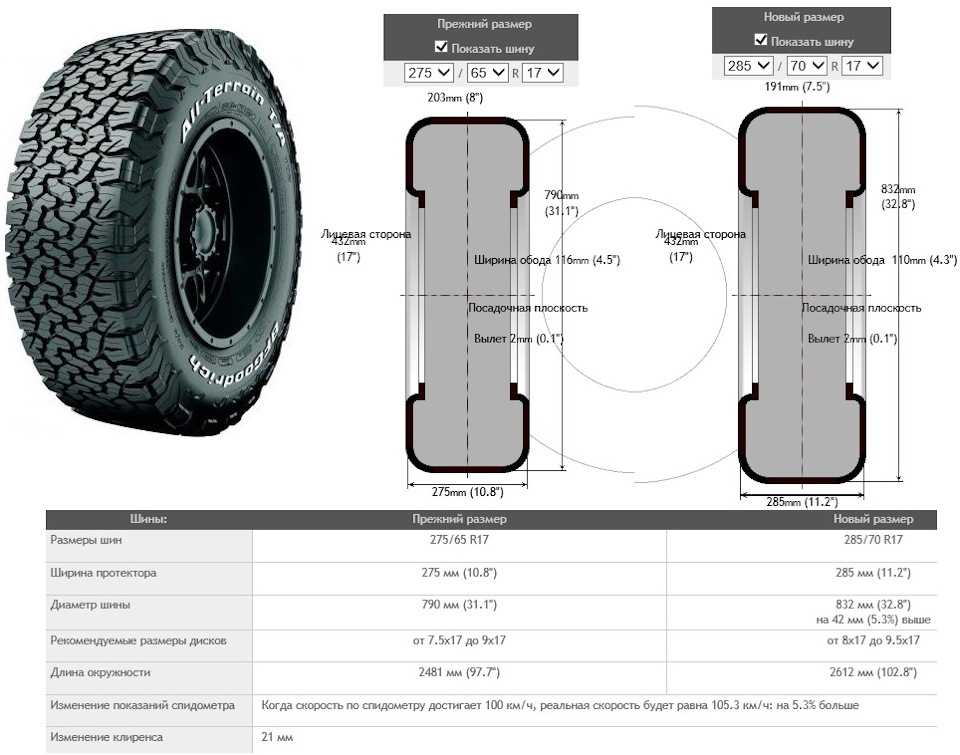 89 km/h) 89 km/h) | 96.84 mph (155.85 km/h) |
| 100 mph (160.93 km/h) | 101.94 mph (164.05 km/h) |
The load range is just a complicated way of telling you what the maximum number of pounds the tire can comfortably support is. It’s a common misconception that Size and load rating are related however they actually have very little to do with each other. 315/70R17s are also available in C/D/E rages.
As you go up in ratings you get improved load carrying abilities and a beefier tire however due to the stiffer sidewall, offering little flexibility you can sacrifice ride quality and added unsprang weight.
Personally, I am a fan of XL for most 4WD ½ ton trucks and SUV applications. Here the application is key i.e. is it your daily driver or is it used as a work truck etc.
SL – Standard load, normal body ply with regular load capacity, P metric like P255/70R17
XL – Extra load, heavier body ply with high load capacity also P metric
C ply(6) rating, heavier body ply with higher load capacity, LT metric like LT285/70R17
E ply(10) rating, heavier body ply with higher load capacity also LT metric
You can expect 1 to 2 mpg difference when upgrading from 33” to 35“tires. The larger diameter, width, and circumference add to the unsprang weight which has a direct effect on fuel economy, performance, gearing, and other drivetrain components.
The larger diameter, width, and circumference add to the unsprang weight which has a direct effect on fuel economy, performance, gearing, and other drivetrain components.
Users who have made the switch have reported a decrease of anything between 1-2mpg when cruising on the highway and 2-4mpg when driving in the city. Of course, the truck’s low-down torque and overall performance outputs play a major factor and figures will vary from vehicle to vehicle.
It’s not uncommon for Jeep Wrangler owners to fit 35” tires, since they have SFA and plenty of options to improve wheel clearance. Of course, re-gearing is key. Once you fit 35s it recommended to go with either the 5.13 or 4.88 gears. Even though frugal gas mileage shouldn’t really be your main concern when driving a 4WD, many JK owners report a drop of between
YES, 315 wide tires are the same as 35” tires although 315 is the tread width in millimeters and 35″ is the tire diameter.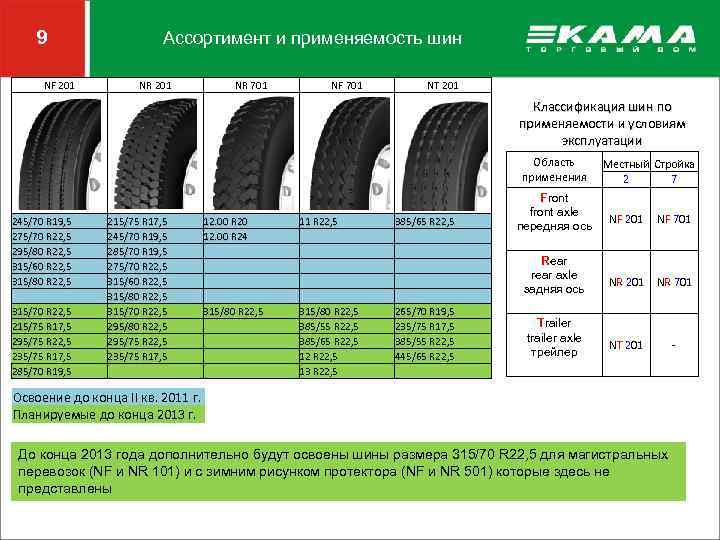 315/70/17 is usually the accepted metric equivalent size for standard/imperial 35-inch tires.
315/70/17 is usually the accepted metric equivalent size for standard/imperial 35-inch tires.
Click here to get more detail on this topic
In most cases when comparing physical differences most 35″ tires hardly crack the 34″ mark in actual tire size. If you find a tire that has both “315” and “35” measurements take a look at load range/speed rating to determine the best fit for your application.
Calculate
| ||||||||||||||||||||||||||||||||||||||||||||||||||||||||||
In the table above you can see a detailed comparison of the difference in dimensions, parameters and performance between a 315/70 R17 tire and a 335/70 R17 tire. The results of the calculations are also presented in the form of visual models (infographics), on which the tire with a size of 315/70 R17 is on top, and with a size of 335/70 R17, respectively, at the bottom. The visualization was generated in two projections: lateral (left) and frontal (right). The online calculator compares tires according to the following characteristics: diameter, width, circumference, profile height, revolutions per km, ground clearance change. In addition, the potential deviation between the actual speed and the speed displayed on the speedometer is calculated, which can occur if the difference between tires 315/70 R17 and 335/70 R17 is significant. US and UK inch version of calculations. nine0009
If you want to compare other tyres, just select the required parameters in the drop-down fields and click on the green button.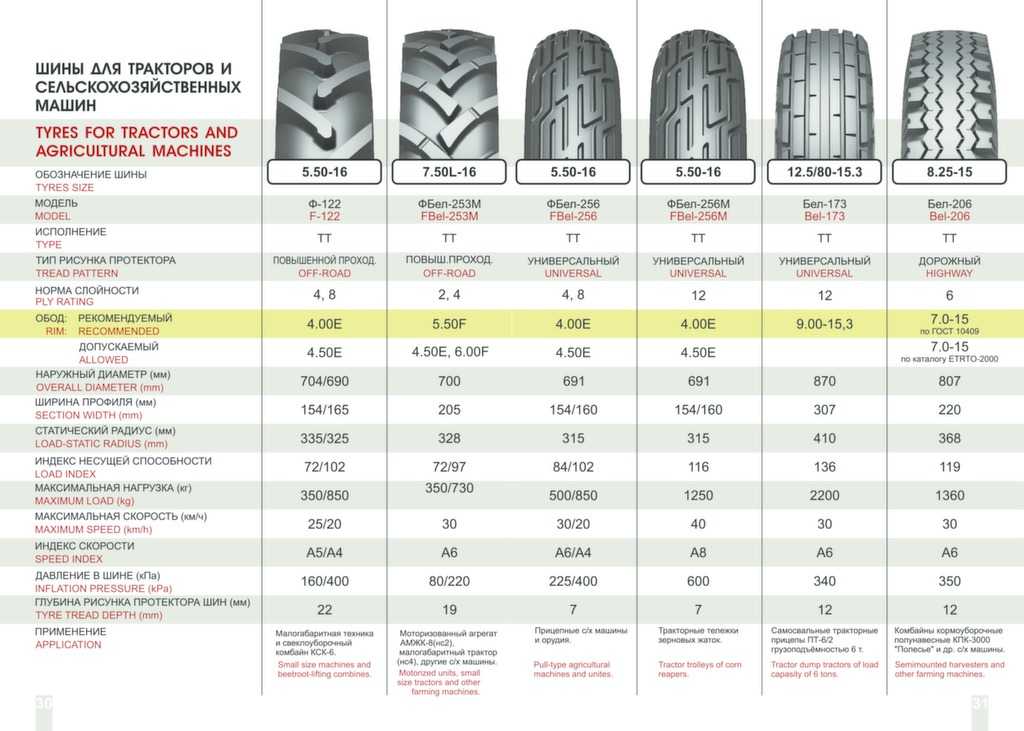
| Side Comparison | Frontal comparison |
|---|---|
American and European tires are distinguished by their markings. European tires have a metric marking system. Therefore, when replacing tires, the problem of translating tire parameters may arise. In most cases, this is the conversion of inches to centimeters. Enter the size in inches and click calculate. You will see the tire size in meters (dimensions will be rounded to European parameters). nine0009
|
Comparison: inches and meters When you enter the old inch parameters and new European ones, you can see how the external parameters of the tire and ground clearance will change, as well as differences in the speedometer readings. |
|
| |||||||||||||||||||||||||||||
Thanks to the Tire Calculator, you can do the reverse calculation - convert "cm" and "mm" to inches.